15 Hot Herbivorous Dinosaurs on Dino Expo
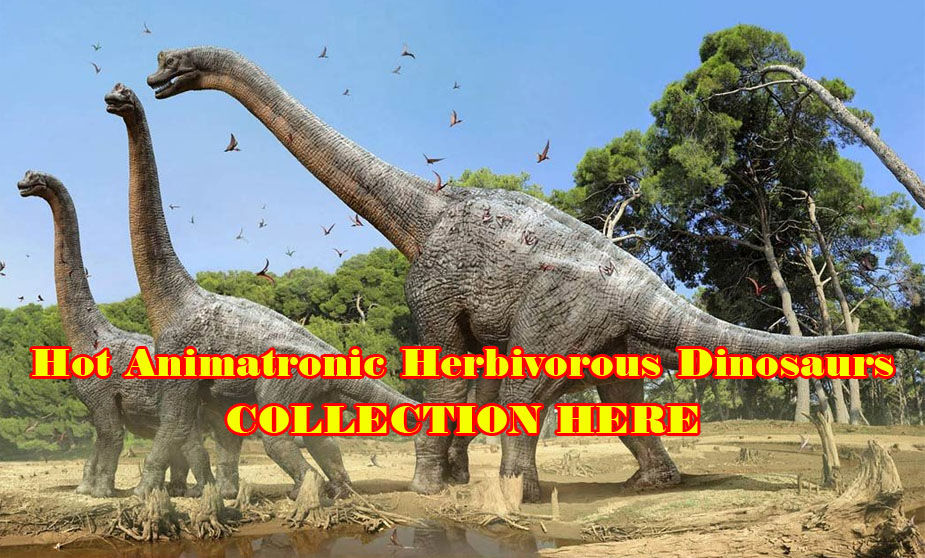
In ancient times, there were a variety of powerful dinosaurs living on the earth, and they were also the largest animals ever to appear on the land, such as Tyrannosaurus Rex, Spinosaurus and Giganotosaurus, which are relatively familiar with large carnivorous dinosaurs, so do you know the strongest herbivorous dinosaurs?
Their huge size and overweight body are their survival rely on, even carnivorous dinosaurs of the same period dare not easily attack.
Here we take a look at 15 of the most popular herbivorous dinosaurs (life-size animatronic dinosaurs). These herbivorous dinosaurs are used in Dino Expo, and can be loved by the audience. It is also a dinosaur model that many customers who hold dinosaur exhibitions are happy to add.
Triceratops

Triceratops were mostly found in North America and lived during the late Cretaceous period, between 68 and 65 million years ago. Triceratops often use the advantages of cluster life to protect their young. When faced with an enemy, he often lowers his head and uses his horns to ward off predators. Triceratops was a plant-eating dinosaur, mainly eating plant branches, leaves, fruits, etc. Triceratops is an animal with a very low reproductive rate, and females do not produce eggs successfully every breeding season.
Paleontologists have found a large number of Triceratops fossils, and Big John is one of the most famous. By studying this ancient dinosaur fossil, scientists have uncovered a corner of the prehistoric world. Due to its unique appearance, Triceratops often appears in movies, computer games and TV shows, such as “Jurassic Park”, “King Kong”, “Prehistoric Park” and other movies have Triceratops.
Brachiosaurus
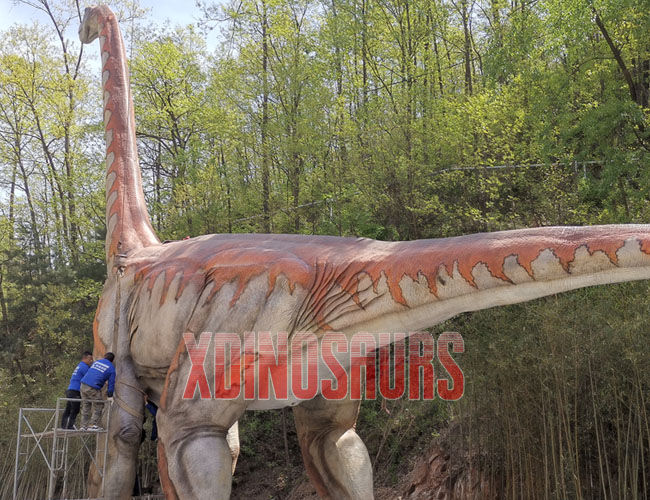
Brachiosaurus lived in North America in the late Jurassic period and North Africa in the early Cretaceous period. It inhabits grasslands full of ferns, cycads and equisetas. Gentle and sociable. Feed on leaves and twigs. Often go searching food in groups. While walking, the female lays eggs. Dinosaur eggs grow up alone without a nest or parents to care for them.
Brachiosaurus, one of the largest dinosaurs of the Jurassic period, is a well-known dinosaur that has been featured in movies and TV shows, most notably Jurassic Park, as well as Dancing with Dinosaurs and Dancing with Giants. The name was once used by astronomers to name an asteroid.
Apatosaurus
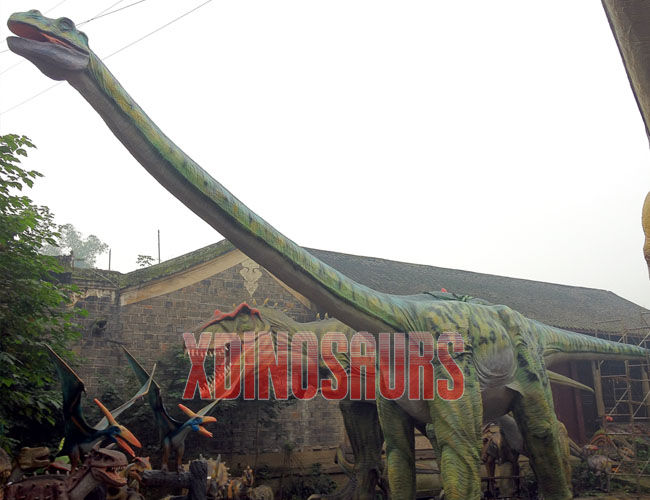
Apatosaurus (scientific name Apatosaurus) is a genus of Diplodocus that lived in the Jurassic period about 150 million years ago. They are one of the largest organisms that exist on land and can weigh up to 50-55 tons. Their name is Greek for “deceiving lizard” because of their herringbone resemblance to a Mosasaur.
Apatosaurus had a long neck and tail, its neck vertebrae were shorter and heavier than those of Diplodocus, and its leg bones were sturdier and longer than those of Diplodocus, making it considered a more robust dinosaur than Diplodocus. During normal movement, the tail lifts off the ground. Apatosaurus had a large claw on its front limb, while the first three toes on its back limb had toe claws.
Ankylosaurus

Ankylosaurus lived in the late Cretaceous period, about 68 million to 65.5 million years ago. It was once distributed in North America, and there are also fossils in the United States, Mexico, Bolivia and other countries. Ankylosaurus lived in forests, and in the region where it lived, the climate was warm and wet, and the plant species were diverse. When in danger, ankylosaurus will fold its limbs to the ground or attack with a tail hammer. Ankylosaurus was a herbivorous dinosaur, feeding on young branches and leaves or succulent roots.
Ankylosaurus is a type of plant-eating, full-body “armored” dinosaur. They are generally five or six meters long, the hind limbs are longer than the front limbs, the body is heavy, can only use the limbs to crawl slowly on the ground, looks a bit like a tank, so some people call it tank dinosaur.
Stegosaurus
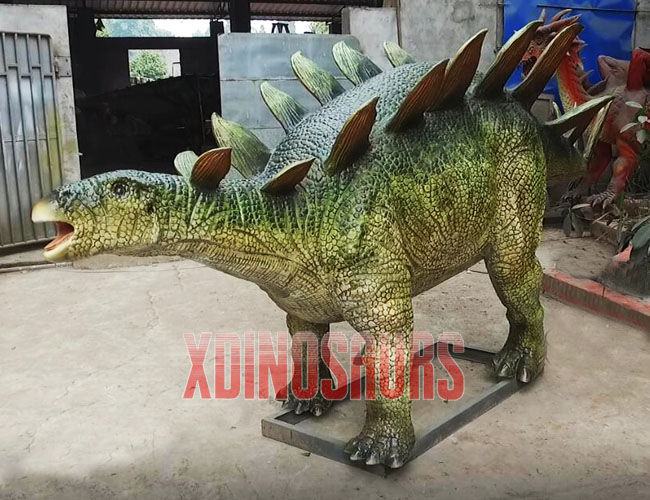
Stegosaurus was distributed in China, the United States, and the United Kingdom, and lived from the middle and late Jurassic to the early Cretaceous period. They are phytophagous. Because of the small teeth, can not grind plants, can only eat some low moss or ferns. In order to reduce the burden of digestive food, it also has the habit of swallowing gastroliths. When breeding, the male stegosaurus’s two rows of bone plates may be congested and display beautiful colors as a way to attract females.
Stegosaurus has four sharp spikes on its tail to keep its enemies at bay. When a ferocious carnivorous dinosaur attacked, the stegosaurus would turn around and turn the bone plate toward the enemy to scare them off. If the opponent still does not give up the attack, the stegosaurus will also wave its tail, and use its tail spikes to beat the enemy. Stegosaurus was a large, odd-looking dinosaur known as the “reptile with a roof.”
Pachycephalosaurus
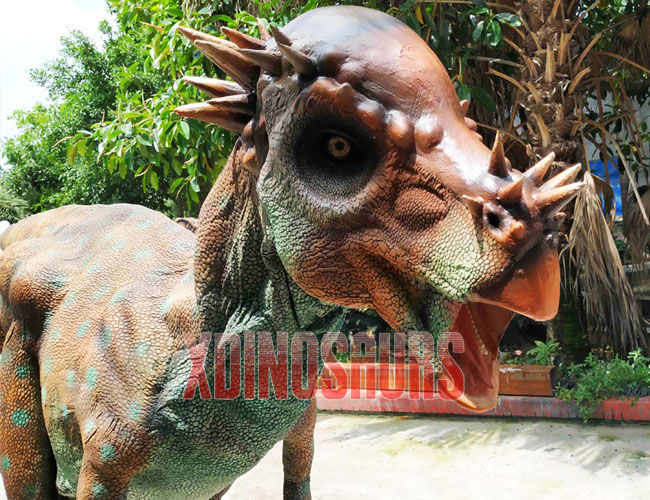
Pachycephalosaurus lived in the late Cretaceous period, mainly distributed in North America, the habitat for plains, deserts and so on. Pachycephalosaurus likes to live in groups, the male pachycephalosaurus fights in the form of “head”, the victor is the leader of the whole group, and owns the female dinosaur. Pachycephalosaurus was a herbivorous animal, feeding mainly on plant seeds, fruits, and leaves. Because pachycephalosaurus had small, ridged teeth, it could not chew tough plants rich in fiber, nor could it bite or tear animal meat. When breeding season came, male pachycephalosaurus fought each other violently for the female pachycephalosaurus or for leadership.
Argentinosaurus
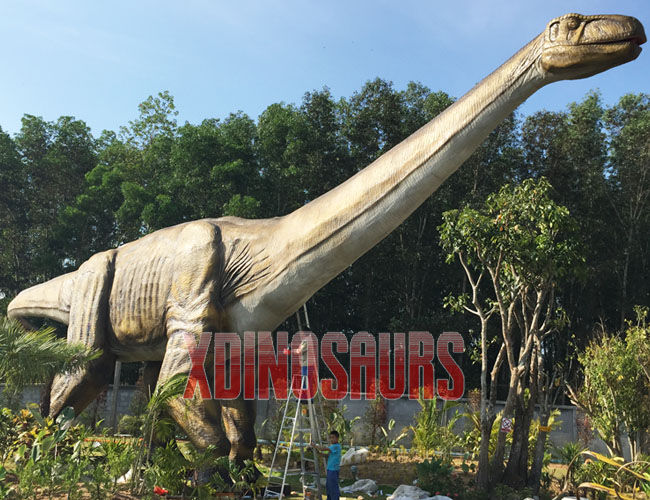
Argentinosaurus belongs to the Titanosaurian group of sauropods and is simply named for the dinosaur found in Argentina. Age of survival: Mid-Cretaceous Alboutian 100 million years ago – Late Cretaceous Cenomanian 93 million years ago. It’s one of the largest land dinosaurs ever found.
Argentinosaurus was one of the largest animals to ever roam the land, standing 12 meters tall and 42 meters long. Of all modern creatures, only fragilis diplocoelus was longer, and some other dinosaurs were as long as Argentinosaurus and some were taller. Still, Argentinosaurus was much heavier than any other dinosaur, possibly weighing as much as 94 tons, equivalent to the combined weight of 20 elephants.
Iguanodon
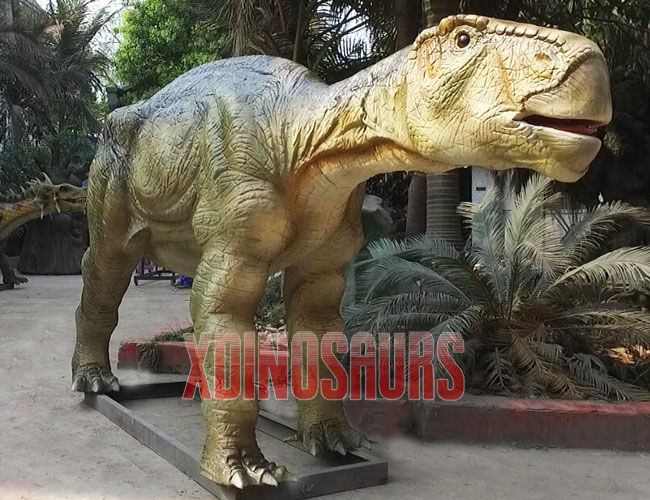
Iguanodon was a large ornithopod dinosaur, about 9 to 10 meters long and 4 to 5 meters tall, with a sharp claw on the thumb of its front hand, which was probably used to fend off predators. They were large dinosaurs that lived mainly during the Jurassic and Cretaceous periods (65-200 million years ago). The hind limbs are well developed, standing about 5 meters tall and measuring 11 meters from head to tail tip. The tail is heavy and acts as a balance. Vegetarian, with a long tongue and serrated teeth for tearing and shredding leaves.
Maiasaura

Maiasaura was large, measuring 6 to 9 meters in length and weighing an estimated 2 metric tons, and had the flat beak and thick snout typical of hadrosaurs. The Maiasaura had small, pointed crowns in front of its eyes. The tiara may have been used during the mating season as an intraspecial fighting behavior.
Maiasaura was a herbivorous dinosaur. Maiasaurus could walk on two or four legs, but had no defense against predators, except for its strong tail, and their collective movement. These maiasaurus groups were very large, probably consisting of up to 10,000 individuals. Maiasaurus probably lived in an inland environment.
Maiasaura brings the baby dinosaurs into its nest and takes care of its babies. The dinosaur egg is shaped like a grapefruit. Maiasaura was a social dinosaur. Their brains are medium sized, so they’re kind of smart.
Styracosaurus

Styracosaurus, also known as Spiniploceratops, meaning “The spiky lizard” in Greek, is a genus of herbivorous ceratosaurus that lived in the Cretaceous Kampanian period from 76.5 million to 75 million years ago.
This neck shield is usually magnificent and beautiful on the strong male, but not developed on the female, so experts speculate that its role is mainly for display, to attract the attention of the opposite sex. Because this neck shield looks very similar to the halberd in ancient Chinese weapons, so it is vividly named halberd dinosaur. The strong limbs of the Haberdasaurus support its massive body. The horns of the dragon and the spurs of its neck shield are like sharp swords, which are terrible weapons for attacking against defense. With a curved beak like a parrot, it can cut and eat the leaves of low-growing plants. With a nose horn of about 60 centimeters, it is the main weapon in attack.
Shunosaurus

Shunosaurus (scientific name Shunosaurus) is a unique sauropod dinosaur that lived in the Late Jurassic of Sichuan Province, China, about 170 million years ago. The genus name comes from the ancient name Shu of Sichuan Province. The fossils of Shuosaur were found in Xiaximiao Formation, Dashanpu, Zigong City. The fossils of Shunosaurus were found in Sichuan Province of China, which got its name from the ancient name of Sichuan. Shusaurus was heavy and walked on all fours, and the big tail hammer on its tail was its main defense weapon. It mainly lives in riverside or lakeside areas, because the teeth are leaf-like, the edge is not serrated, can only feed on tender and juicy plants or low tree branches and leaves.
Omeisaurus
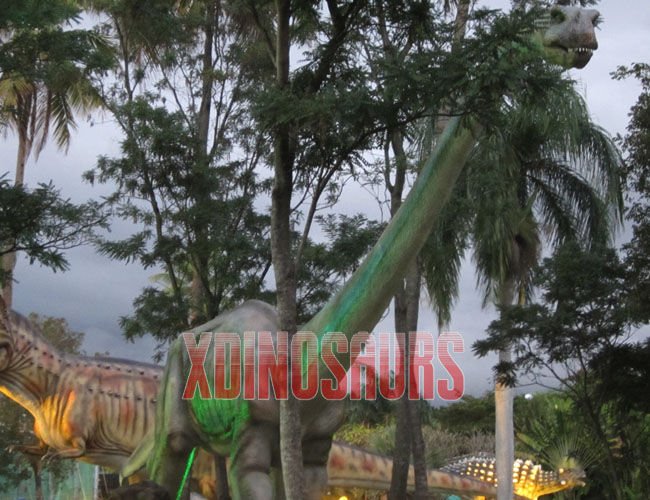
Omeisaurus (genus name: Omeisaurus), meaning “Omei lizard”, was a sauropod dinosaur that lived in China during the middle and late Jurassic period (Batonian to Callovian). Their genus name comes from Mount Emei, and the fossils of Omeisaurus were discovered in 1939 by Yang Zhongjian.
Omeisaurus was a herbivore. They were among the largest sauropods in the group, each varying in size from about 10 to 20 meters in length to 4 to 7 meters in height and weighing about 10 to 15 metric tons. Like other sauropods, Omeisaurus had a typically large body with a long neck and a wedge-shaped head.
Mamenchisaurus

Mamenchisaurus is a genus of sauropod dinosaurs known for their extremely long necks, which make up almost half of their total body length. Several species have been assigned to Mamenchisaurus, and the attribution of individual species may be disputed. Its fossils have been found in several provinces in western China. It is closely related to Omeisaurus, both belonging to Mamenchisaurus family. Most Mamenchisaurus can be over 20 meters long, and a few individuals can exceed 30 meters. Estimates of the weight of the species vary widely, with the smaller species thought to weigh less than 10 tons, while the largest species is thought to have probably weighed more than 60 tons.
Psittacosaurus
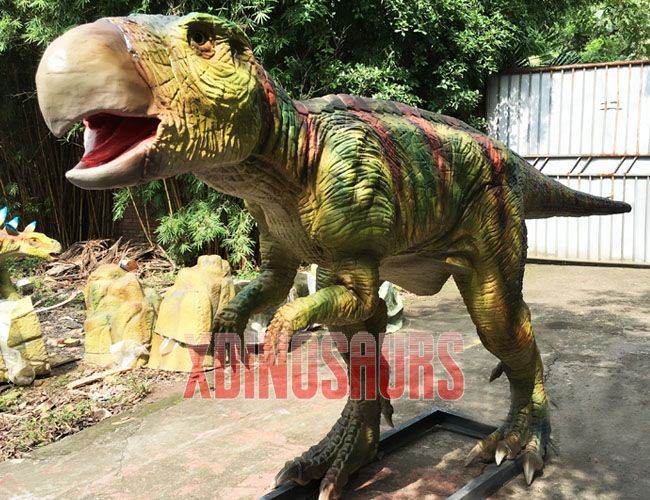
Psittacosaurus, also translated as Psittacosaurus, means “parrot lizard” in Greek, is a genus of psittacosauridae of the order Psittacosauridae, which lived in Asia during the Early Cretaceous period, about 123.2 million years ago to 110 million years ago. Ptacosaurus and protoceratops, Triceratops and other dinosaurs all have a beak with a hook similar to a parrot, and scientists infer from its size and survival time that ptacosaurus may be the ancestor of most ceratosaurus.
Psittacosaurus was a small plant-eating dinosaur that got its name because it had a mouth that resembled a parrot. An adult psittacosaurus was up to 2 meters long and generally about 1 meter long. All species of psittacosaurus were gazel-like bipedal, herbivorous dinosaurs, characterized by a strong, high upper jaw. In at least one species, the tail and lower back have bristle structures that may serve as displays.
Protoceratops
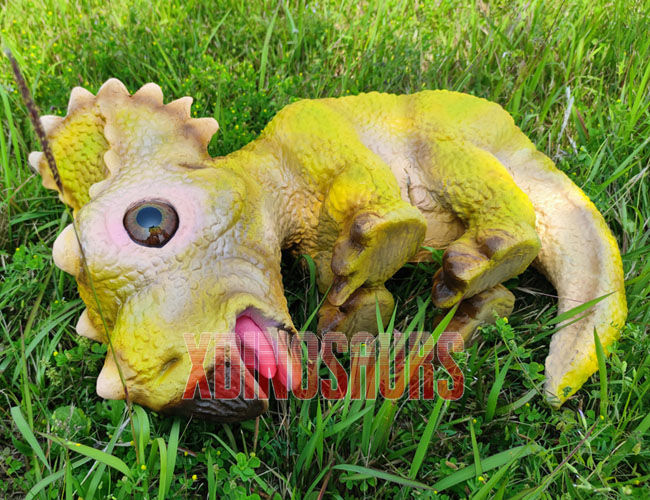
Protoceratops (genus name: Protoceratops), meaning “the first horned face” in Greek, was a suborder of ceratosaurus that lived during the late Cretaceous period (about 100-65 million years ago). It is a short-legged tetrapod with a body length of 2 meters and a weight of nearly 400 kg. The teeth are long and sharp. The neck is wrinkled with bone and the jaw muscles are large. Probably a staple food of palm leaves.
Protoceratops was about 1.8 meters long and 0.6 meters high at the shoulders. The adult Protoceratops weighed about 180 kilograms. The large number of highly concentrated specimens shows that Protoceratops were social animals. Protoceratops were herbivores, but appeared to have strong mouth muscles and a high bite force. The mouth has multiple rows of teeth, suitable for chewing hard plants.
So, the 15 hot Herbivorous Dinosaurs could be brought back to life in animatronic handcraft. Want them as Dino Expo Exhibits is best choice!
Related content – 15 Popular Large Carnivorous Dinosaurs on Exhibition
Here video as Dinosaurs (in Animatronic Handcraft) Brought Back:



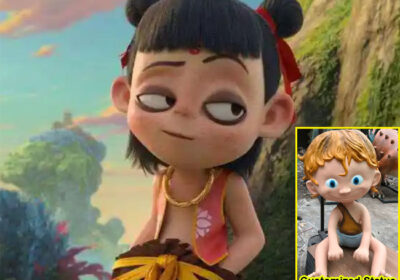
Leave a Reply